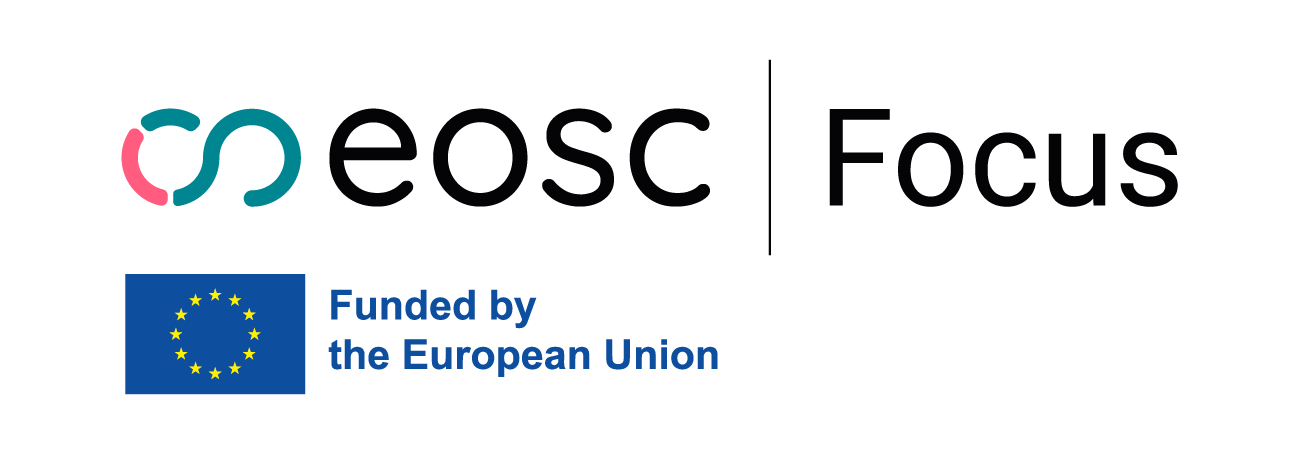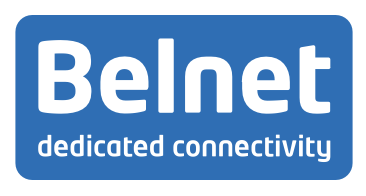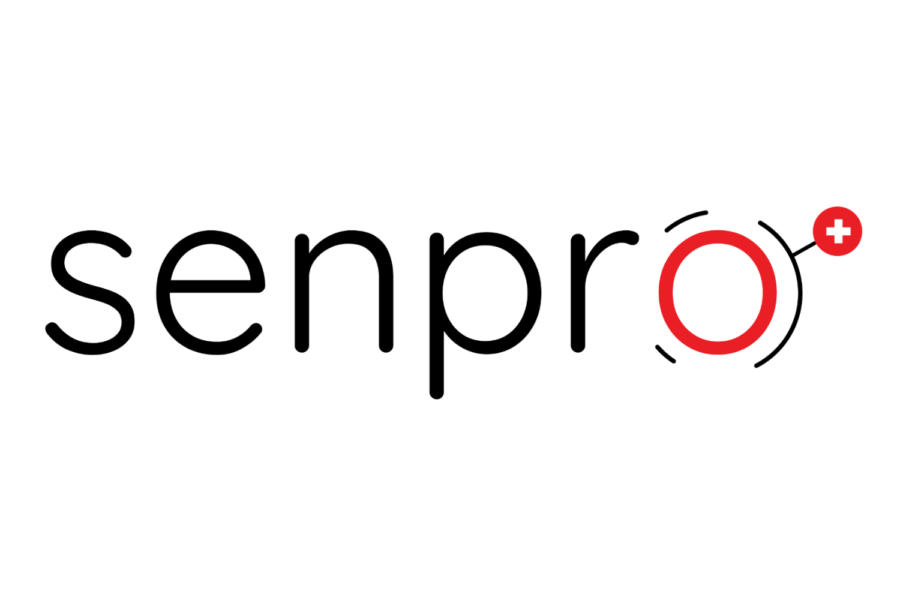This is the first in a series of interviews conducted by the EOSC Focus project. The series aims to highlight the role of the EOSC Association’s Mandated Organisations. By bringing their activities and insights to the forefront, the EOSC Focus interviews will help to reinforce the connections between each country’s Mandated Organisation and its EOSC-A member and observer organisations, as well as to make visible the work going into the implementation of EOSC at the national and institutional levels. Chris De Loof spoke with EOSC Focus in his role as Innovation Manager – Advisor EOSC at Belnet.
What is the role of Belnet as a Mandated Organisation in the EOSC Association, and how does it enable the development of EOSC?
Belnet is, in the first place, the National Research and Education Network – NREN – for Belgium. That means that Belnet is already providing the physical connections to the EOSC ecosystem, which gives us a lot of advantages relative to facilitating the development of EOSC. As an EOSC-A Mandated Organisation we are positioned to translate and communicate the mission of EOSC in the national context, to keep the Belgian members, observers and other stakeholders informed on the development of EOSC, and to help facilitate the national discussion around EOSC.
We are also part of GÉANT, a European organization delivering a number of common technical services among NRENs that are likewise linked to the EOSC ecosystem. These include connectivity services for the research community; authorization and authentication infrastructures (AAI), such as Edugain; and a lot of other services that we offer to the community – for example our service Belnet Filesender, which is used for secure data transport.
 |
As a service provider, Belnet gets its funding from Belgium’s research-funding and research-performing organizations to develop or deliver services in co-creation with and for them. Next to the R&E community, Belnet also offers connectivity and services to the public government with a main focus on the federal level in Belgium.
It is these well-established relationships that enable us to facilitate EOSC at the national level in Belgium.
What kind of engagement activities does Belnet develop?
Our engagement activities are mostly related to the technical services that we offer.
For example, we have a Community of Practice with traditional researchers, digital researchers, technicians and other professionals, all working in the research organizations connected to the Belnet network. Starting, moderating and stimulating a Community of Practice on Open Science tools is of vital importance.
We notice this even for certain solutions, like the DMPonline.be platform, which is a well-performing, but a quite static tool. As a service provider, you want to evolve and try to automate the tools as much as possible so Data Management Plans can, for example, become machine readable. We need to involve and consult our research community to gather all the necessary requirements. So, who will give us the requirements? Yes, our Community of Practice.
Belnet is also connecting people and organizations digitally. We provide solutions that are created by EOSC or GÉANT and offer those services to the research community. We organize EOSC coordination meetings where all Belgian Open Science stakeholders can have their say. We advocate that each Belgian organization with an interest in Open Science and EOSC can become a member or an observer of the Association.
What does this role as a facilitator enable you to achieve?
We are mainly facilitating mutual and bi-directional communication between the Belgian research organizations, the ministries and EOSC-A. As facilitator we deliver technical services and guarantee interoperability between the stakeholders of EOSC.
Belnet is no policymaker but offers IT services to the Research and Education institutions and government bodies located in the different regions. As the national e-infrastructure provider, Belnet is very well positioned to connect the whole Belgian spectrum.
As an example, Belnet is able to actively contribute to all necessary technical steps of the research data lifecycle. First, we can provide research-performing organizations with the DMPonline.be tool, which is important for securing funding. Second, we can connect them to storage at Belnet, to hyperscalers via the OCRE agreements with GÉANT, and to the long-term data preservation platforms. Finally, we can ensure that they get processing time, for example, on the high performance computer, LUMI, in Finland.
What can Belnet do as a Mandated Organisation to implement EOSC?
The most important way in which Belnet can contribute to EOSC’s future is by offering sustainability. If we look to the global landscape of e-infrastructures for research, we need the operational capacity of the NREN and national HPC centres for data connectivity, services, processing, provisioning and storage. They are the ones that, together with some well-equipped research-performing organisations, guarantee the operationality of EOSC over the long term.
We also stand as part of the support structure of EOSC-A, and the Association needs to be sustainable too as a coordination centre. Belnet is one part of what should be seen as a European sum of all national infrastructures dealing with Open Science and which are coordinated at the highest level by EOSC-A. The Association is the mechanism for Belnet to advance Open Science and the exchange of FAIR research data.
Additionally, most Belgian universities have e-infrastructures, research data repositories and knowledgeable data steward policies that we can be proud of. The infrastructure and personnel from these universities are actively connected to the EOSC ecosystem and are contributing to the EOSC-A Task Forces.
Meanwhile, there is more and more political interest in Belgium for Open Science. This interest translates into policies, legislation and funding.
 |
What are the most relevant challenges and obstacles for the future?
Belgium was one of the first countries to sign the Berlin Declaration on Open Access, and became involved in the DRIVER project about 20 years ago. The difference with EOSC today is that we don’t just talk about open access anymore but about open data.
One of the strong points, because of this long history, is that we already have a lot of legislation in place to deal with those kinds of subjects. The challenges in this respect, however, are that there is no robust technical framework yet, and the need for data scientists is very high. As a Mandated Organisation, we can help to address these.
Already there is investment in data stewards and coordination, but investment in service-offerings is weak. Technologies enabling science to be performed in an open and FAIR way costs money and human resources.
To provide a continuous funding stream, it’s very important that politicians and funding organizations see the benefits of Open Science. Open Science is a digital transformation of science and creates new services and opportunities that were not there before. The budget has not always come from public funding. There are a lot of opportunities to collaborate on data and new services with commercial players that are in agreement with Open Science practices and Open Source principles.
Finally, implementing EOSC is a slow process. And the slow process may be a barrier for broader uptake, and the window of opportunity could close. It’s about expectations management. For me, Open Science is the digital transformation of research. That means also that you must pay attention to the cultural shift.
Where do you see opportunities to improve the implementation of EOSC?
The future lies in an alignment with common European data spaces, European Research Infrastructures, national and European e-infrastructures for research, and European Partnerships.
Some bricks of data spaces are similar to EOSC because EOSC is supposed to become the horizontal data space for research data between the other data spaces. Data spaces such as the one for the Green Deal and Health are to a high degree based on the interoperability of domain-specific research data. For EOSC, the community of practice will be the researchers who will need access to data available in other data spaces – health, agricultural, mobility, etc. The interoperability framework of EOSC will be the technical blueprint of the EOSC data space.
We need interoperable data, but unfortunately that is just the thing we are missing: where is the data? who has the data? how do we retrieve it? where are the metadata and the persistent identifiers? That is a key area of improvement I think we need to address as soon as possible. Monitoring can help, but most of all we need some tangible results and use cases.
In closing, is there anything you would like to share with us or prioritize for the readers?
Open Science is only possible because of the positive attitude of the researchers. Researchers are doing their passionate research and they need the infrastructure to realize their dreams. So that means: happy researcher, happy society. I think it’s very important that we stay focused on the basic principles of Open Science – advancing science for the benefit of society – and that we focus well on our core business, research and researchers, and minimize the bureaucracy and overhead. Open Science is just science done right!
About Belnet
As an NREN, Belnet delivers connectivity services for the research community and authorization and authentication infrastructures (AAI) such as eduGAIN. Also, as Service Provider, Belnet offers specific services for R&E institutions like FileSender. Belnet receives funding from the research-funding and research-performing organizations in Belgium in order to develop or deliver services in co-creation for or with them, but is not a research-funding or research-performing organization itself. Belnet’s main stakeholders are thus the research-performing organizations rather than the individual researchers. Next to the R&E-community, Belnet also offers connectivity and services to the public government with a main focus on the federal level in Belgium. Belnet is part of GÉANT, the pan-European Research and Education Network. Belnet is the EOSC Association Mandated Organisation for Belgium and is a partner in the Horizon Europe project EOSC Focus.
About Chris De Loof
Innovation Manager – Advisor EOSC at Belnet
As Senior Policy Advisor at the Belgian Science Policy Office (BELSPO), Chris De Loof works on digital strategies for scientific research and culture heritage. Chris is a long-time promoter of open and FAIR data and Open Science, and has spent the last couple of years as Innovation Manager and Advisor EOSC at Belnet. He has an interest in innovative, cross-cutting collaborations between cultural heritage professionals and researchers, chiefly in the humanities and social sciences. Chris is delegate to the Commission expert group on the common European Data Space for Cultural Heritage (CEDCHE). He is also Chair of the General Assembly of DARIAH, the European Research Infrastructures for digital humanities and arts, and Belgian representative in the European Research Infrastructure for Heritage Science (E-RIHS).








